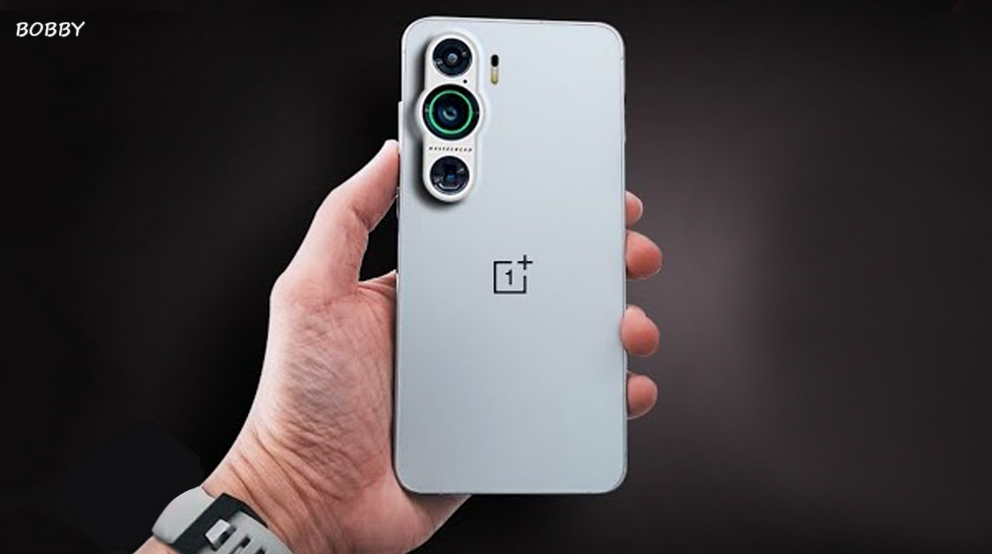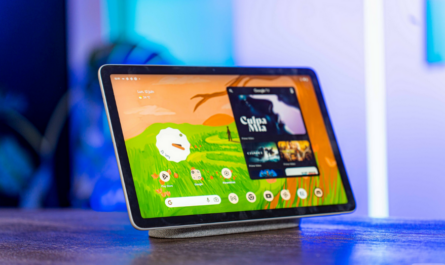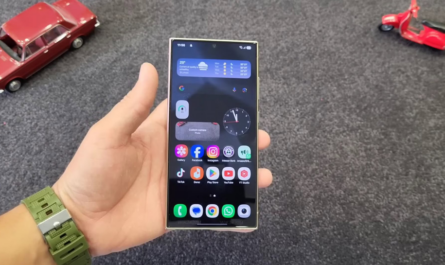Key Takeaways
-
Samsung’s XR glasses are reportedly slated for a third-quarter 2025 launch, according to South Korean sources.
-
Leaked specifications suggest a 155mAh battery, Qualcomm AR1 processor, and a 12MP Sony camera sensor.
-
Samsung is allegedly planning an initial production run of only 500,000 units.
Samsung’s XR Glasses: What We Know So Far
Samsung has been teasing its upcoming XR glasses since 2023, sparking interest among tech enthusiasts and industry watchers alike. According to a recent report by SamMobile citing South Korean publications, the much-anticipated device is expected to hit the market in the third quarter of 2025. The report sheds light on several potential specifications, offering the first glimpse of what could become a major player in the mixed-reality space.
The smart glasses are rumored to be powered primarily by Qualcomm’s AR1 processor, with an NXP chip serving as a secondary or auxiliary processor. Qualcomm’s CEO, Cristiano Amon, confirmed in a September 2024 interview with CNBC that the company is supplying the processor for a Samsung mixed-reality smart glass device. Amon’s comments also aligned with the projected 2025 release timeline, lending credibility to the rumors.
Potential Specifications of Samsung XR Glasses
The leaked specifications reveal a mix of lightweight design and advanced functionality:
-
Processor: Qualcomm AR1 as the main processing unit, with an auxiliary NXP chip.
-
Camera: 12-megapixel camera featuring Sony’s IMX681 CMOS image sensor.
-
Battery: Compact 155mAh battery, designed to balance weight and usability.
-
Weight: Approximately 50 grams, making it one of the lightest XR devices on the market.
The inclusion of a 12MP Sony camera suggests Samsung is aiming for high-quality image capture and possibly advanced AR applications such as object recognition, live translation, and immersive mixed-reality experiences. The small 155mAh battery, while limited in capacity, could still support short bursts of XR usage or work in conjunction with energy-efficient processors to optimize performance.
AI-Powered Features and Google Gemini Integration
One of the most exciting aspects of Samsung’s XR glasses is the potential integration of Google Gemini-powered AI capabilities. Reports suggest that these features could include gesture detection, voice commands, and QR code functionality for mobile payments. By embedding AI into the glasses, Samsung aims to deliver a more seamless and interactive user experience, potentially transforming how users interact with both digital and physical environments.
For instance, AI-powered gesture recognition could allow users to navigate menus, approve transactions, or control applications without touching a smartphone. Similarly, QR code integration could facilitate secure, contactless payments directly through the glasses—a feature that would make them highly practical for both everyday and professional use.
Limited Initial Production: 500,000 Units
According to the report, Samsung plans to produce only 500,000 XR glasses in the first batch. This limited release suggests that Samsung may be testing the market with a controlled launch before committing to mass production. The strategy could help the company gauge consumer interest, gather feedback, and refine hardware or software features before expanding availability to a global audience.
Due to the limited production, it is likely that the initial release will be restricted to select markets, possibly including the United States, South Korea, and parts of Europe. Early adopters may have the opportunity to experience the device first, while a wider rollout could follow later, depending on demand.
Possible Launch Events
The rumored Q3 2025 launch opens the possibility that Samsung could showcase the XR glasses during its second “Unpacked” event of the year, which typically occurs in August. However, some industry insiders speculate that Samsung might offer a sneak peek at CES 2025 in January, alongside other flagship announcements.
If the XR glasses debut alongside Samsung’s latest foldable devices, the company could create a cohesive showcase of its next-generation hardware ecosystem. Pairing XR glasses with foldables would also emphasize Samsung’s vision of interconnected devices that enhance productivity, entertainment, and social experiences.
Implications for the XR and AR Market
The introduction of Samsung XR glasses could significantly impact the augmented and mixed-reality market. By leveraging Qualcomm’s AR1 processor and integrating AI-powered features, Samsung is positioning itself as a serious competitor in the wearable tech space, rivaling other tech giants like Apple, Meta, and Google.
The lightweight design and AI features make the XR glasses potentially more user-friendly than many existing XR devices, which are often bulky or limited in battery life. If Samsung successfully integrates gesture control, AI functions, and payment features, it could redefine the standard for consumer XR devices.
What Consumers Can Expect
While details remain speculative, the following features may define the Samsung XR glasses experience:
-
High-Quality Imaging: 12MP camera with advanced sensors for AR applications.
-
Lightweight and Comfortable Design: Around 50 grams, suitable for extended wear.
-
AI-Powered Interactivity: Gesture detection, voice commands, and mobile payment functionality.
-
Smart Integration: Seamless pairing with Samsung smartphones, tablets, and other ecosystem devices.
-
Trial-Based Availability: Limited production ensures early feedback and refinement.
Consumers should prepare for a device that blends style, functionality, and cutting-edge AI technology, catering to both tech enthusiasts and everyday users.
Conclusion
Samsung’s upcoming XR glasses promise to be a landmark release in the wearable technology landscape. With a Qualcomm AR1 processor, Google Gemini-powered AI features, and a lightweight, stylish design, the device could offer an immersive experience unlike any other on the market.
The reported limited production run of 500,000 units suggests that Samsung is taking a cautious approach, testing the device in select markets before committing to mass production. If the XR glasses meet consumer expectations, they could set a new standard for mixed-reality devices, combining advanced functionality with accessibility and convenience.
With a potential Q3 2025 launch, tech enthusiasts should keep an eye on Samsung’s announcements at CES 2025 or the second Unpacked event of the year. This device represents the next step in Samsung’s journey to redefine how we interact with digital content in the real world.




